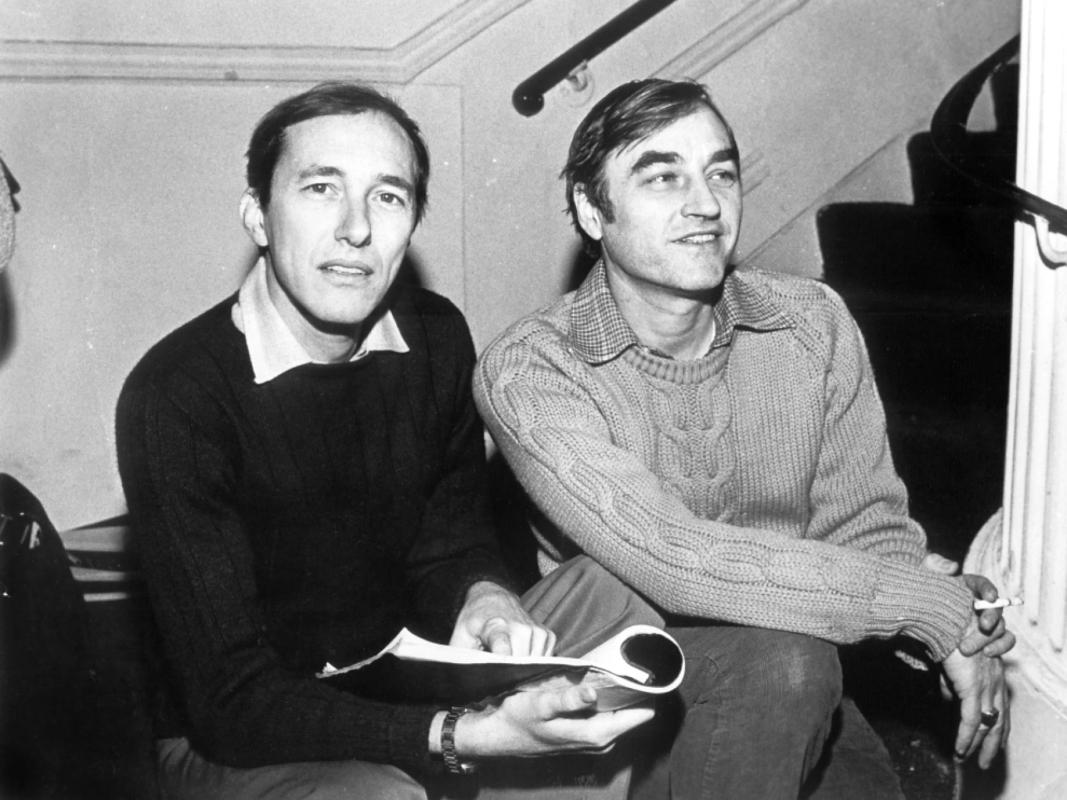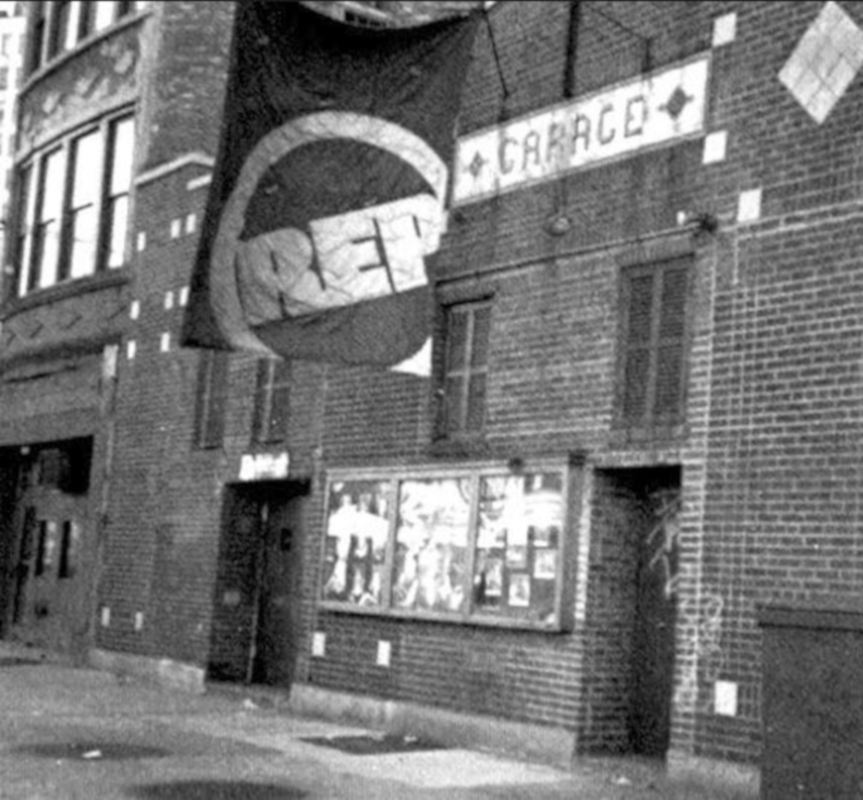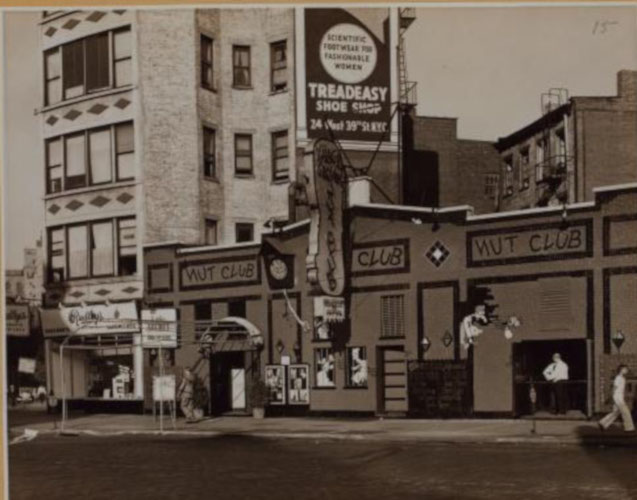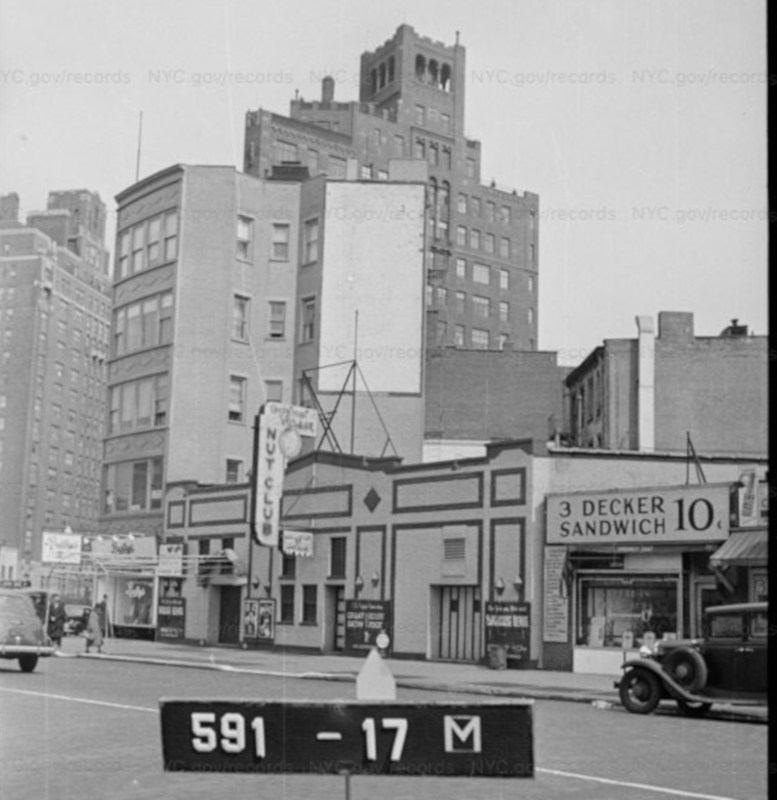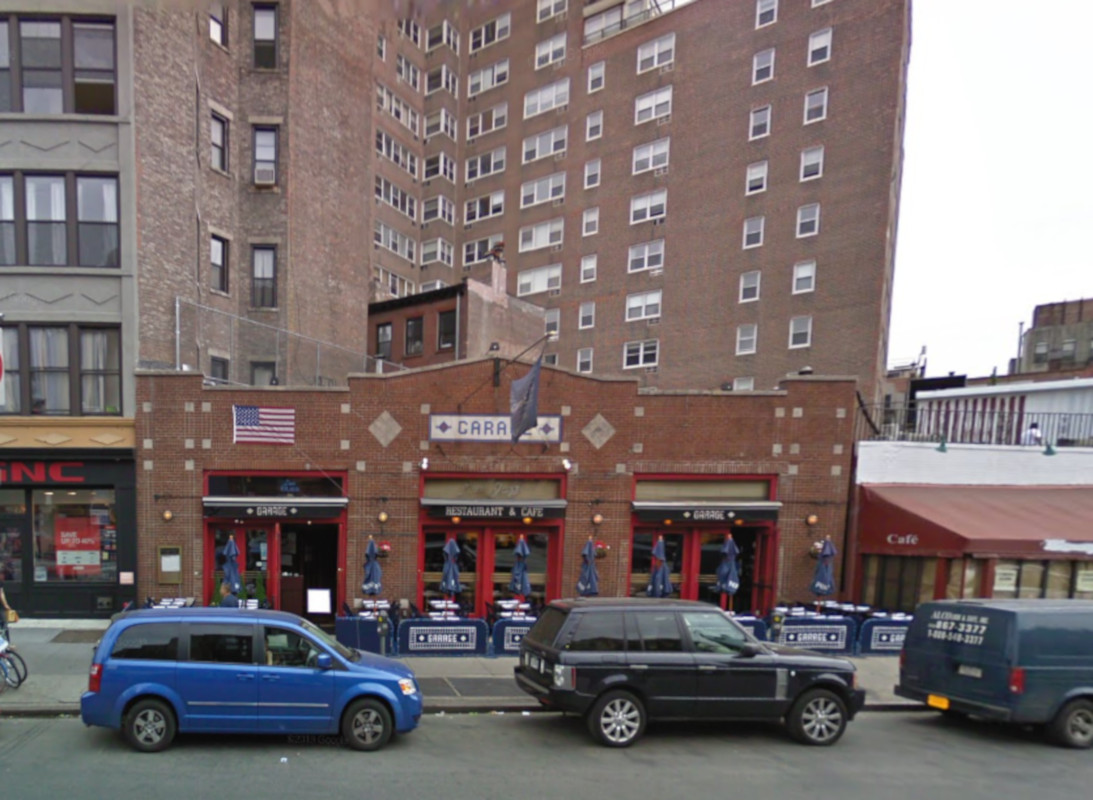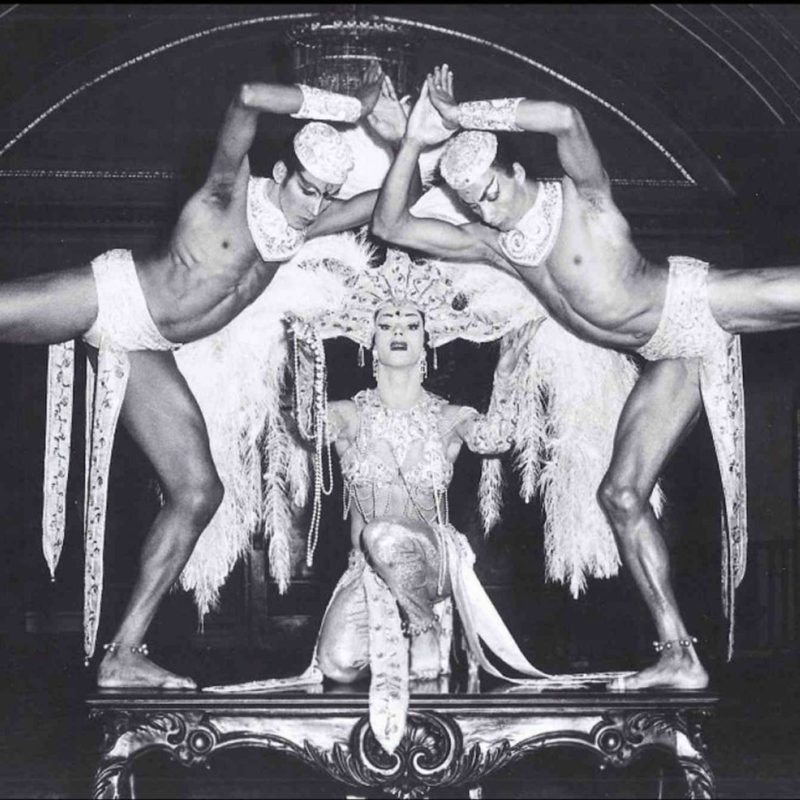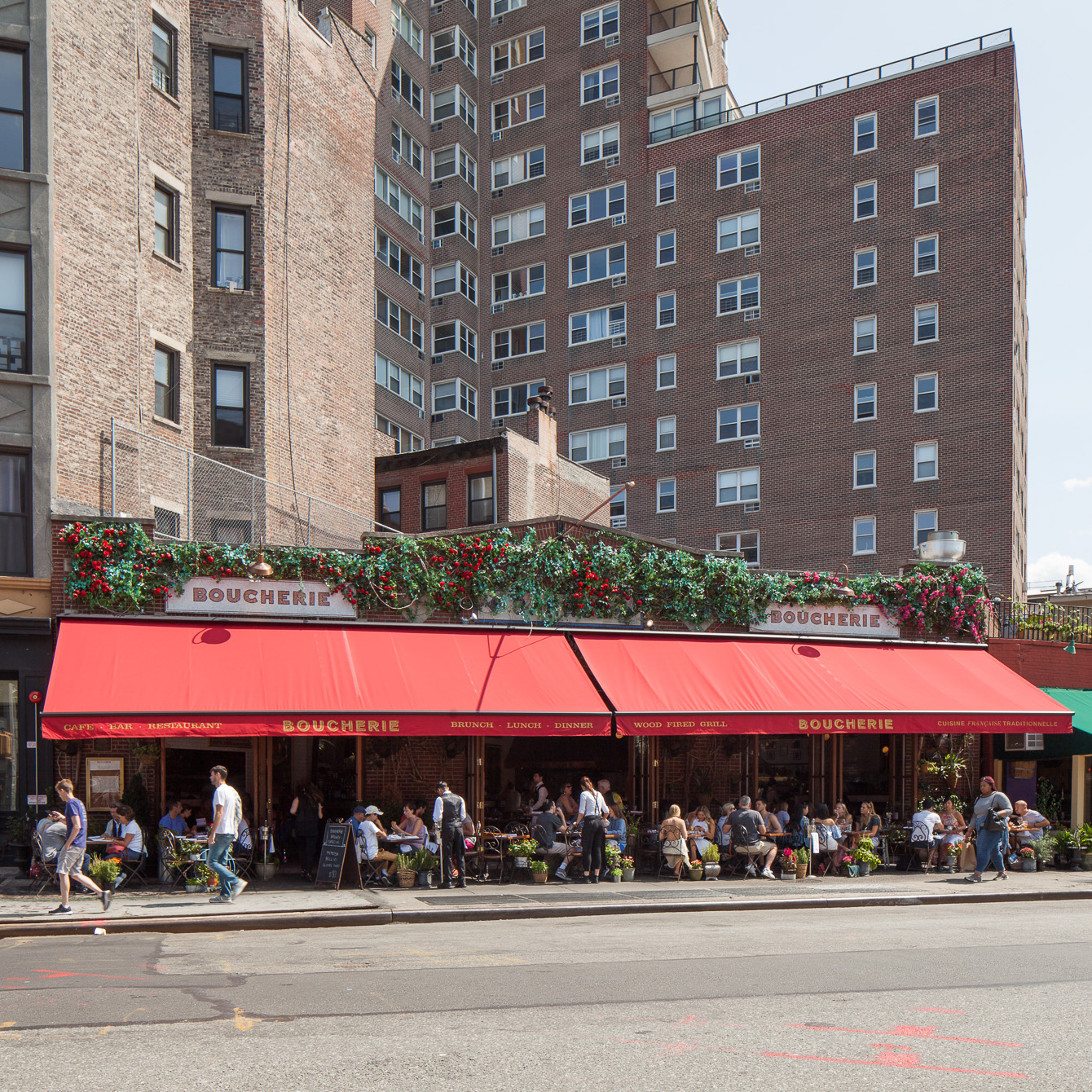
Circle Repertory Company Theater
also known as Circle Rep
overview
From its founding in 1969, by four veterans of the Caffe Cino, until it closed in 1994, the Circle Repertory Theater welcomed plays with gay themes and characters.
The company was the home base of two pioneering LGBT figures in theater – playwright Lanford Wilson and director Marshall Mason.
History
The Circle Theater, later the Circle Repertory Company, or simply Circle Rep, was founded in 1969 by four Caffe Cino veterans, including playwright Lanford Wilson and director Marshall W. Mason, who served as artistic director from the founding until 1987.
The founders of Circle Rep sought to bring together a group of artists involved with all aspects of theater who would work together to create plays. In 1974, the company leased the former garage that had previously been the Nut Club night club and then the Sheridan Square Playhouse. This was the company’s home until it disbanded in 1994. Although the company presented productions of classic plays (including a revival of Tennessee Williams’ first produced play Battle of Angels), it specialized in new work, often in a lyrical realist vein. New York Times critic Mel Gussow asserted in 1974 that Circle Rep was a “chief provider of new American plays.”
The company was especially welcoming to plays with gay subject matter, notable especially during its early years, when positive portrayals of gay characters and gay-themed plays were still rare, even Off-Broadway. The Circle Rep presented many of Wilson’s realist plays, including his Pulitzer Prize-winning Talley’s Folly (1979) and his Fifth of July (1978), with its central gay characters. When the latter moved to the Apollo Theater, on 42nd Street, in 1980, it gave Broadway audiences their first experience with a passionate kiss between two men. All of Wilson’s plays for the company were directed by Mason, who he had first worked with at Cafe La MaMa. Mason also directed many other works for Circle Rep.
Together, the two men [Wilson and Mason] built a company whose influence over the decades that followed extended far beyond their tiny Greenwich Village theater. In 1983, Wilson, Mason, and the Circle Rep received an Obie award for sustained achievement.
The company also premiered works by other gay playwrights and/or with gay themes, including:
- My Cup Runneth Over (1978), the one-act, by Robert Patrick
- Reckless (1988) by Craig Lucas
- Prelude to a Kiss (1990), an AIDS allegory, by Craig Lucas
- Three Hotels (1993) by Jon Robin Baitz
- Destiny of Me (1992, at the Louise Lortel Theater on Christopher Street) by Larry Kramer
- Gemini (1977), the revised definitive version, which soon moved to the Little Theater on Broadway, by Albert Innaurato
- Feedlot (1977) by Patrick Meyers
- As Is (1985), a pioneering AIDS play by William M. Hoffman that later moved to Broadway’s Lyceum Theater (Drama Desk and Obie Award winner)
Among the LGBT actors who appeared on the Circle Rep’s stage are Farley Granger, Jonathan Hadary, Cherry Jones, Joe Mantello, and Cynthia Nixon. Many of the Circle Rep’s plays, including those by Wilson, had sets by prize-winning designer John Lee Beatty.
Entry by Andrew S. Dolkart, project director (August 2020).
NOTE: Names above in bold indicate LGBT people.
Building Information
- Architect or Builder: Frank E. Vitolo
- Year Built: 1919
Sources
Gary Garrison, “Lanford Wilson,” in Billy J. Harbin, Kim Marra, and Robert A Schanke, eds, The Gay & Lesbian Theatrical Legacy: A Biographical Dictionary of Major Figures in American Stage History in the Pre-Stonewall Era (Ann Arbor: University of Michigan Press, 2005).
Jeremy Gerard, “Circle Repertory Seeks to Rekindle Past Glory,” The New York Times, October 20, 1985.
John M. Clum, Acting Gay: Male Homosexuality in Modern Drama (New York: Columbia University Press, 1992).
Mel Gussow “Suddenly, Real Plays About Real People,” The New York Times, May 12, 1974.
Do you have more information about this site?
This project is enriched by your participation! Do you have your own images of this site? Or a story to share? Would you like to suggest a different historic site?
